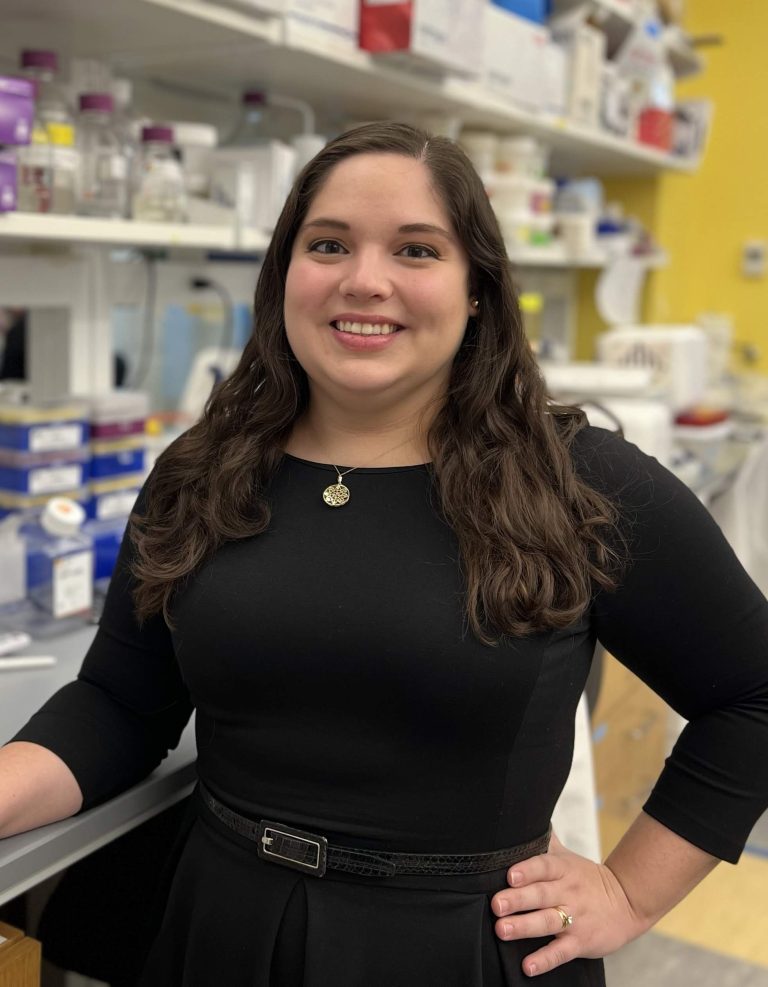Diaz Cuadros Lab

Margarete Diaz Cuadros, PhD
Principal Investigator
Harvard Medical School
Contact
diazcuadros@molbio.mgh.harvard.edu
MGH Department of Molecular Biology
Simches Research Center
185 Cambridge Street
Boston, MA 02114
Website
Diaz Cuadros Lab
Publications
PubMed
Elucidating the genetic basis of species-specific developmental rates
Even though early stages of mammalian development are highly evolutionarily conserved, different species complete the same overall sequence of developmental events at markedly different speeds. Astonishingly, the duration of gestation in mammals ranges from 20 days in mice to 645 days in African elephants. Large-bodied animals tend to develop at slower rates and display increased lifespans (e.g. elephants, humans), whereas the converse is true for small-bodied species (e.g. mice, rabbits). How species-specific rates of development are set represents a major unanswered question in developmental biology
This gap in our knowledge stems in large part from a lack of simple assays to precisely measure developmental rate in different species. The Diaz Cuadros lab has established a tractable in vitro system that recapitulates the approximately two-fold difference in developmental rate between early mouse and human embryos. We differentiate mouse and human pluripotent stem cells into presomitic mesoderm, a cell type that harbors a molecular oscillator known as the segmentation clock. The period of this clock provides a high-resolution, quantitative proxy for developmental speed.
Previous studies have suggested that biochemical reaction speeds, including the rates of protein production and degradation, are accelerated in fast-developing species and are therefore responsible for controlling species-specific rates of development. Using her novel in vitro system, Dr. Diaz Cuadros discovered that mass-specific metabolic rates are elevated in mouse cells compared to human cells and that partially inhibiting the mitochondrial electron transport chain slows down the segmentation clock by reducing the global rate of translation. These studies revealed that metabolism works upstream of biochemical reaction speeds to control the rate of development.
Understanding the regulation of developmental rate in different species will help us learn how to manipulate it, which will have multiple translational applications. First, we will develop pharmacological approaches to the acceleration of human PSC differentiation, thus removing a major roadblock in the use of these cells for disease modeling and cell-based therapies. Furthermore, interventions that slow down developmental rate could potentially be repurposed as cancer therapies, as tumor cells share multiple features with embryonic cell types. Lastly, the strong correlation between developmental rate and lifespan means that we could co-opt strategies that slow down development to ameliorate aging-related diseases.



